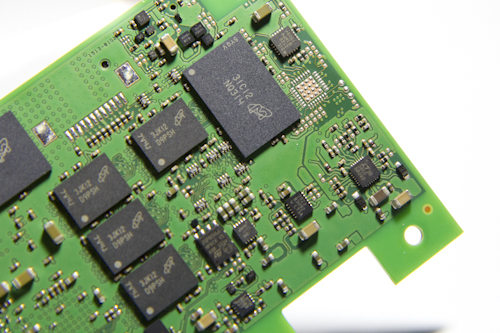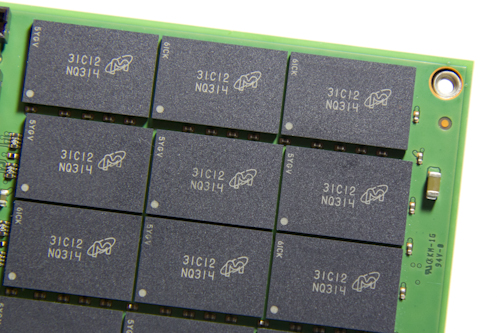Micron P420m SSD Review: 1.4 TB Of PCI Express-Attached Storage
After the success of its P320h, Micron is following up with the P420m, an MLC-based PCI Express x8 add-in card aimed at more read-oriented enterprise customers. How does it compare to the company's SLC-based flagship? We benchmark ours thoroughly.
Micron P420m: A PCIe-Based SSD Built For Read-Heavy Workloads
With the introduction of Micron's P420m, the company is gunning for enterprise customers with heavy read workloads. It's hoping that an MLC-equipped drive designed for such a purpose will attract attention with an aggressive price point.
Micron built the P420m with its P320h as a model, using many of the same components that made the P320h such a success. As before, Micron delivers a vertically-integrated product that it has complete control over, from the processor to the DRAM cache to the NAND flash.
After spending a few weeks with the P420m, we come away with the mixed feelings you'd expect from a device that was built for one purpose at the expense of others, though. Read performance is out of this world, for example. Once you start seeing consistent read IOPS in the 750,000 range and sequential throughput in excess of 3 GB/s, its hard to go back to 2.5" SATA drives. The P420m breezes through our enterprise workloads, only falling shy of Micron's P320h and the massive OCZ Z-Drive.
Our write tests aren't as definitively good or bad. We saw consistency in the 4 KB random transfer benchmarks at all queue depths. Write endurance is also a strong point for this MLC-based drive. But neither strength makes up for its sequential write performance. To be fair, Micron's specification is very low for this device's class, and there's no getting around that. In addition, we had issues with response times in our large block sequential transfers, leaving us with some valid concerns.
The P420m's ability to impress in read and mixed workloads is certainly notable, even in contrast to the compromises it makes trying to drive enterprise storage prices down. Professionals shopping for storage for data center caching, media streaming, and online transactional processing have a drive here that should exceed their expectations.
Get Tom's Hardware's best news and in-depth reviews, straight to your inbox.
Current page: Micron P420m: A PCIe-Based SSD Built For Read-Heavy Workloads
Prev Page Results: Enterprise Video Streaming Performance-
merikafyeah Seems like enterprise non-volatile storage is finally starting to approach the speeds of comsumer ram drives:Reply
http://www.thessdreview.com/our-reviews/romex-fancycache-review-ssd-performance-at-13gbs-and-765000-iops-in-60-seconds-flat/
Considering that the cost/GB of RAM is about $7/GB, it may not be such a bad idea to use RAM storage + backup generators instead of traditional non-volatile flash nand. -
rezzahd Maybe once the price drops I would pick one of these up, but I think we all know it will be a while before that happens.Reply -
BasslineJunkie Reply
Same here. I love the concept but price/gb isn't where it should be. But i do have some extra pci express slots that need filled!11507252 said:Maybe once the price drops I would pick one of these up, but I think we all know it will be a while before that happens.
-
utomo It is good to see good competition like now. keep comparing like this and hope soon we will get the good mature technology. now the SSD still have many improvement ideas. manufacturer need to work harder to win the market which is big.Reply -
ACTechy Awesome. Later down the road, when the price falls, these are going to be the thing to have. Really like PCI based SSD.Reply -
urbanman2004 TL;DR. I could benefit from something like this saving space on my system. It must have a hefty priceReply

